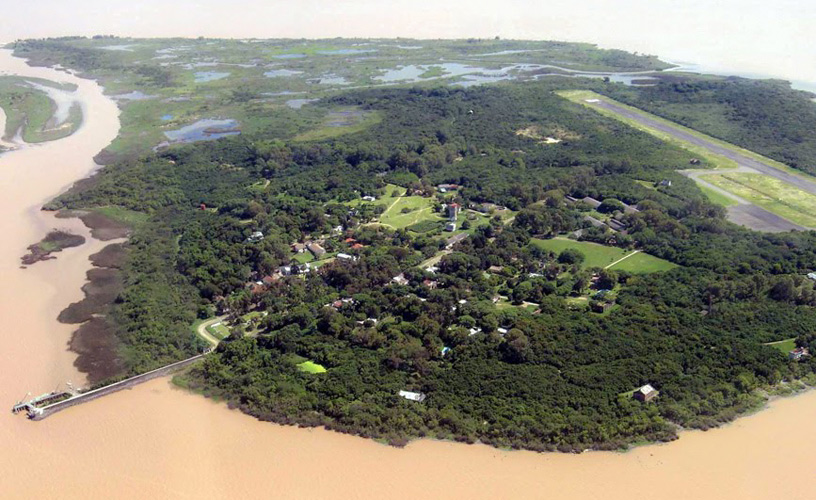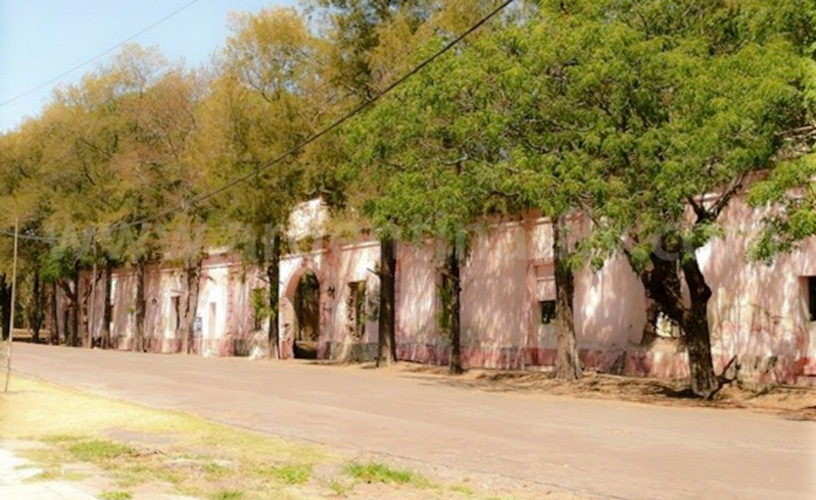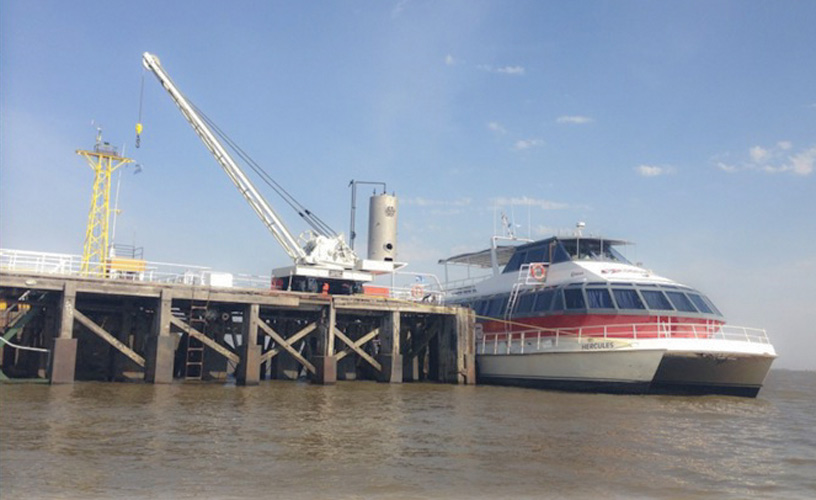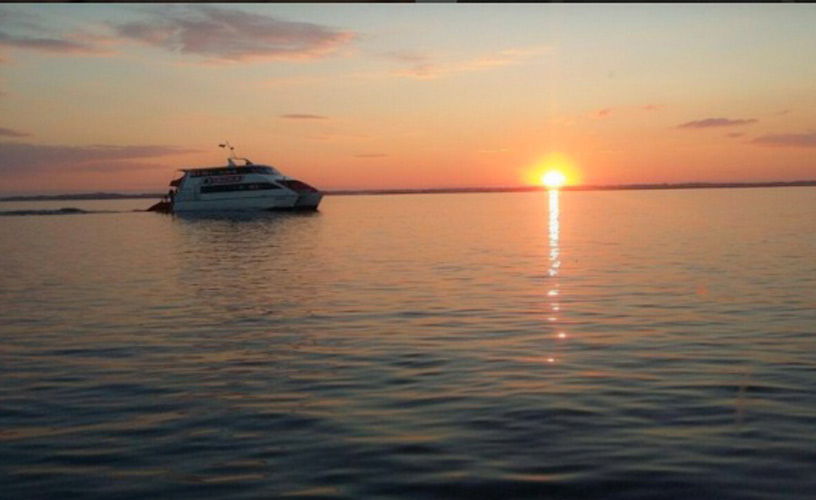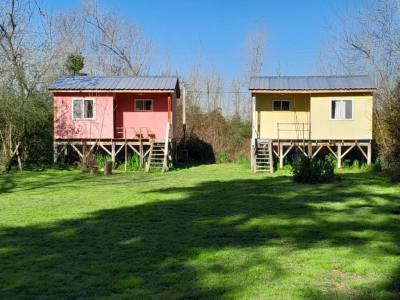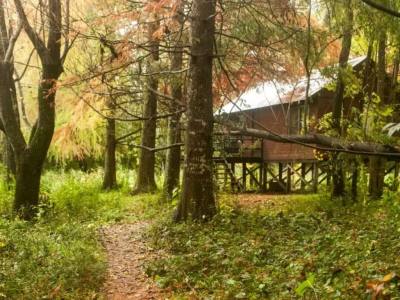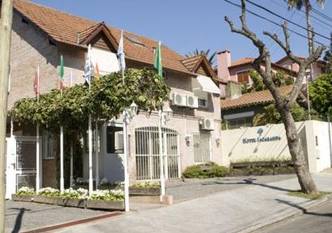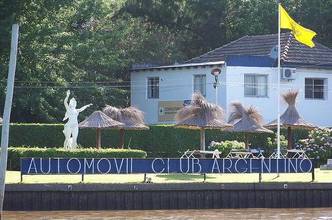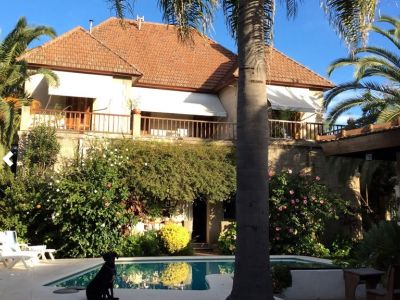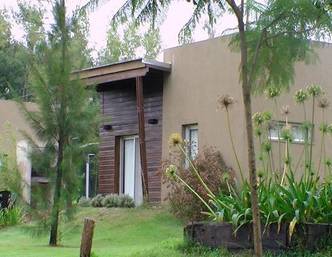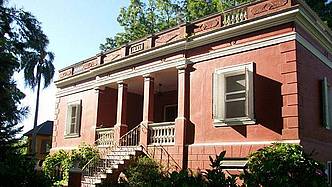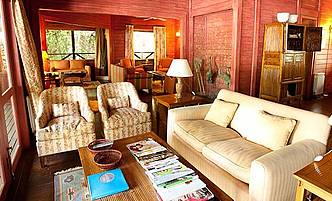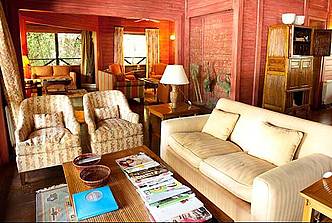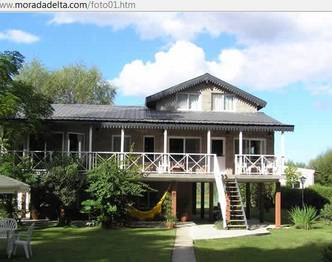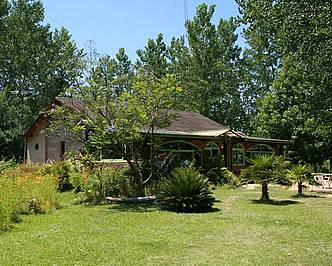The Martín García Island is magical. There, nature and history coexist daily as they are the protagonists of an unprecedented inner dispute. A place not to be missed.
Along history and during our lives, much has been said about the Martín García Island. I have had the intention of visiting it for years. But as many other times, I would keep postponing my wish and my eagerness for another week. Every now and then, reading some article about it or hearing its name from some reporter would bring it back to my mind until I finally resolved to set a date for my trip.
But... what is there to see at Martín García? A theater and cinema, an old prison, a small museum, the old lighthouse, the paths that still preserve their untouched nature, the political history of our country, as well as the most delicious pan dulces in the world, were some of the most usual answers whenever I made that question to someone who had already been there.
Undoubtedly, visiting one of the most beautiful islands in the Delta had become a real need for me.
Back to nature
The Martín García Island -known by most Argentinians only by reference- is strategically located on the mouth of the sandy Uruguay River into the River Plate.
Even if it belongs to the Republic of Argentina, it lies closer to the neighboring country (only 3.5 kilometers from the Eastern Republic of Uruguay) than to ours, which is almost 35 kilometers away (Puerto del Tigre).
It was discovered in February 1516 by Juan Díaz de Solís, who came across the River Plate while he was searching for an interoceanic pass. Feeling disappointed to see such a large sea with fresh waters, not surprisingly Solís called it “Fresh Sea” and it was during these explorations that the island was discovered.
One of his most beloved crew members died on the high seas. The island was called “Martín García” as a tribute to him.
Unlike the rest of the Delta islands, Martín García is a precambrian rocky detatchment from the Brasilia massif and it is 1,800 million years old. The rest of the delta islands were formed by cummulation of sediments from the Paraná and Uruguay Rivers.
It has a total surface of 168 hectares and an annual expansion ranging from 30 to 50 centimeters. It lies 27 meters above sea level and it is humid enough to lodge an extraordinary rainforest vegetation with the typical delta flora and fauna - the last trace of the Misiones rainforest.
Like a Lighthouse Looking into the River
The island has always been immutable in the same location. But, unlike the 3 hours that separate it from the City of Buenos Aires at present, years ago, reaching the island would not be a matter of hours but of days, and several days.
In the times of the colony, the site was ideal to lodge the most dangerous prisoners from the City of Buenos Aires, as well as from neighboring Montevideo. Nobody could escape this place, as the River Plate becomes rough, intolerant and extremely wide in that area, and the Uruguay empties into it with such strength that it is impossible to swim across it. Maybe for that rason, the ancient prison was what first came to mind whenever the island was mentioned.
The prisoners would work in the granite quarries (which have been flooded by a beautiful lagoon teeming with aquatic plants) and pour their cobble production into large carts which, through a system of rails, would reach the island pier, where the stones would be loaded into boats.
These first cobbles were used on the streets of what today is known as the historical shell in the City of Buenos Aires, especially Defensa Street, which was the first one to join the Buenos Aires harbor and the Mayo Square, or the Market Square, as it was then called.
But this island did not lodge only regular prisoners. Along history, the place was considered as the ideal site to keep various political leaders isolated.
Some of them were Hipólito Irigoyen (who was on the island twice), Marcelo T. de Alvear (who arrived on the island with his wife, his personal physician and all his party, and packed his personal painted china toilet, which today is exhibited at the island museum), Arturo Frondizi and Juan Domingo Perón, founder of the Movimiento Nacional Justicialista (later known as Peronismo).
The latter spent a very short stay on the island. He was there for only 3 days (from October 14, 1945 thru October 17, 1945), but it represented one of the most important facts that would change our country history forever. For better or for worse, there are multiple readings for the facts. Letters containing precise instructions to Eva Perón for the famous popular uprising that took place on October 17 were sent from the island.
In addition to Argentinian politics, Martín García witnessed to countless combats. It saw the Anglo-French fleets pass by. It delayed the crew of the Graff Spee battleship. It watched how Almirant Brown fled to Montevideo only to see him invite the Spanish troops to sink into the Bajos del Temor. It worked as a pesthouse and a quarantine harbor during the cholera and yellow fever outbreaks registered in Buenos Aires and Montevideo. It saw poet Rubén Darío stroll about its streets, among many other remarkable events.
During 1973, it was declared that the island was under Argentinian jurisdiction, and it was not until the return of democracy in 1983 that it was declared National Historical Monumuent and Flora and Fauna Reserve. Thus, it came to be exploited as a tourist attraction worth visiting.
Pablo Etchevers
Gentileza Cacciolaviajes.com
Phone: +54 11-47490931
